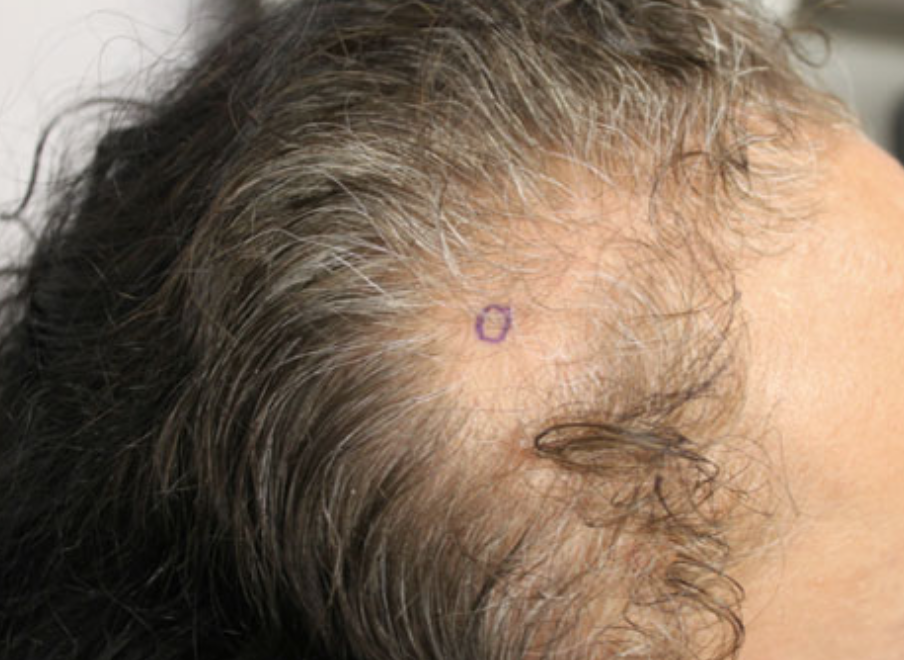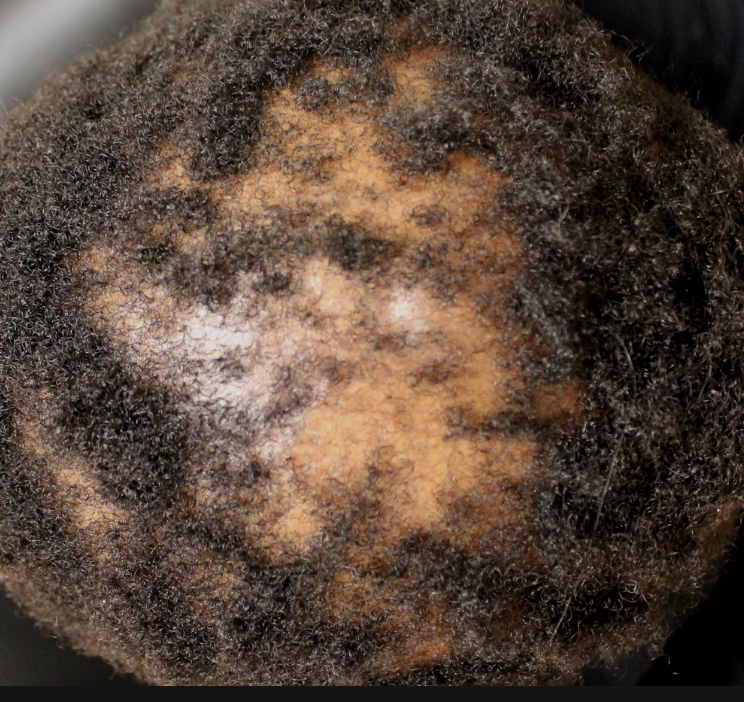Dry & Brittle Hair after Using Isotretinoin
Dry hair after Isotretinoin
I’ve selected this question below for this week’s question of the week. It allows us to review some of the reasons for post isotretinoin scalp dryness.
Answer
My hair is so brittle after stopping isotretinoin. It’s also quite dry. What might be the cause? Was it the drug?
Answer
Thanks for the question.
It's possible, but there are many causes actually. One needs to ideally have a proper scalp examination and have the story reviewed from start to finish. (By ‘start’ I mean not just the start of last month up until today but a full history from birth). One needs to consider many things.
Isotretinoin can cause dryness that takes a while to settle after stopping. In many patients it does but one might need to be a bit gentler on t he hair for 3-6 months than they might have otherwise. I like my patients to reduce chemical and fragrance and potential irritants that can worsen they way the scalp feels. sometimes we switch away from a sulphate containing shampoo for a few months to allow the scalp to return back to normal.
Other causes of scalp dryness and brittleness need to be ruled out. If they are ruled out, I often consider a corticosteroid oil for my own patients along with the sulphate free shampoo. For my patients, the steroid oil is used once or twice weekly for 2-3 weeks before going down to once every two weeks for 2-3 months. Periodic use of an oil like coconut oil can also help provided there is not a lot of seborrheic dermatitis that is also on the scalp. I don’t know if that’s appropriate for you because I don’t know your story but that is something you can speak to your dermatologist about if everything else is completely ruled out.
The main issue is to be incredibly gentle on the hair and scalp for 3-6 months.
But what other conditions need to be considered ?
1) Seborrheic Dermatitis
One needs to consider seborrheic dermatitis that has now flared after stopping Accutane. For some people, Accutane treats some coexisting seborrheic dermatitis without the patient even knowing and then the condition flares when stopping.
2) Hair styling Issues
One needs to consider the possibility that overprocessing, coloring and/or heating of hair is leading to the increased dryness. In other words, how has one’s hair styling practices changed recently?
3) Shampoo and Conditioner Issues
One also needs to consider irritation from shampoos and conditioners and other topical products. Has a shampoo or conditioner or styling product changed?
4) Autoimmune and inflammatory Issues
Of course, with dryness one needs to consider inflammatory scalp issues including autoimmune issues, psoriasis and scarring alopecias that have activated or even flared post stopping Accutane. Fortunately, they are rare in a situation like this. But a dermatologist can properly evaluate.
5) Hormonal and Metabolic Issues
Finally, once needs to consider a variety of metabolic and/or hormonal issues including those related to thyroid hormones, estrogen hormones or androgen hormones. These can affect dryness in a dramatic way. Other inflammatory scalp conditions are possible and can be ruled out following proper examination.




